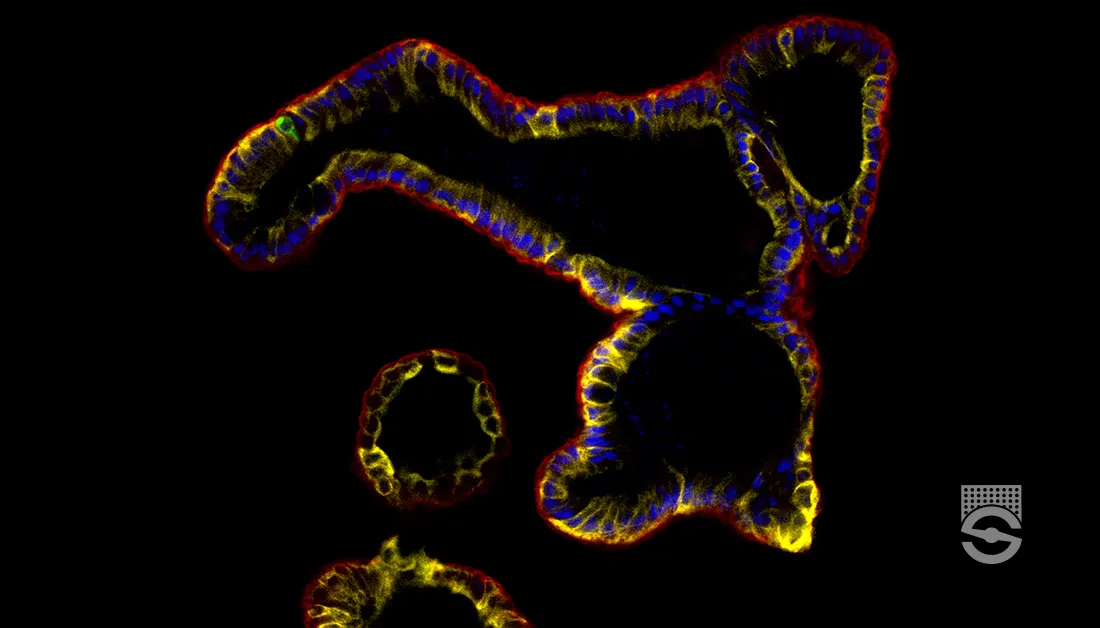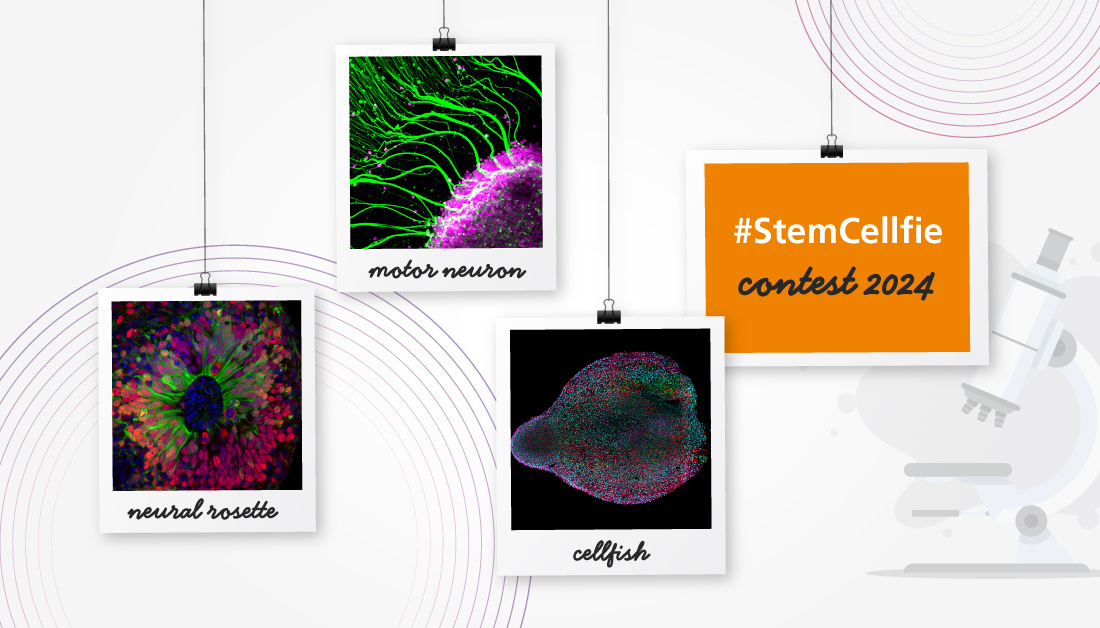Levi's Impregnation
for Reticulin in Zenker fixed Lymph Nodes
Materials
- Silver nitrate, 2% aqu.
- Silver nitrate, 20% aqu.
- Sodium hydroxide, 40% aqu.
- Strong ammonium hydroxide (s.g. 0.88).
- Formalin, 12% aqu.
- Yellow gold chloride, 0.5% aqu.
- Sodium thiosulphate, 5% aqu.
- Neutral red, 1% aqu.
Preparation of Levi’s Ammoniacal Silver
- Place 17 mL of 20% silver nitrate in a flask.
- Add 17 mL of 40% sodium hydroxide and mix well.
- Add drops of strong ammonium hydroxide until the precipitate just dissolves.
- Dilute to 100 mL with distilled water.
Tissue Sample
5 µ paraffin sections of neutral buffered formalin fixed tissue are suitable. Other fixatives are likely to be satisfactory. A section adhesive is recommended.
Protocol
- Bring sections to water via xylene and ethanol.
- Place in 2% silver nitrate for 24 hours.
- Treat with ammoniacal silver solution for 20-40 minutes, until they are brown.
- Rinse with distilled water.
- Place in 12% formalin for 5-10 minutes.
- Wash well with tap water.
- Rinse with distilled water.
- Tone with 0.5% gold chloride solution for 2 hours.
- Rinse well with distilled water.
- Fix in 5% sodium thiosulphate for 10-15 minutes.
- Wash well with tap water.
- Counterstain with neutral red for 1 minute.
- Rinse with tap water.
- Dehydrate with ethanol, clear with xylene, and mount with a resinous medium.
Expected Results
- Reticulin fibres – black
- Nuclei – red
- Background – grey
Notes
- Although the instructions do not specify it, any mercury pigment from the Zenker’s fluid fixation may be removed with the iodine-thiosulphate sequence.
- Ensure that the ammonium hydroxide is fresh and full strength. Keep well stoppered when not in use. After removing the amount required immediately restopper the bottle.
- Improperly made ammoniacal silver solutions can affect the quality of the impregnation. There should be a faint, persistent opalescence, with only a faint smell of ammonia.
- Toning is a variable step. Untoned sections give dark brown reticulin fibres on a paler brown background. Many microscopists prefer to tone for about 15 seconds to produce brown-black reticulin fibres on a pale grey-brown background. Others tone longer (a few minutes) to produce black reticulin fibres on a grey background. Longer toning produces purple tones. Tone according to the personal preference of the microscopist reviewing the slides.
Safety Note
Prior to handling any chemical, consult the Safety Data Sheet (SDS) for proper handling and safety precautions.
References
- Gray, Peter. (1954)
The Microtomist’s Formulary and Guide.
Originally published by: The Blakiston Co.
Republished by: Robert E. Krieger Publishing Co.





